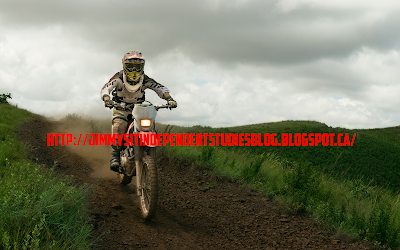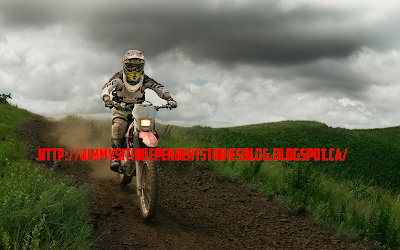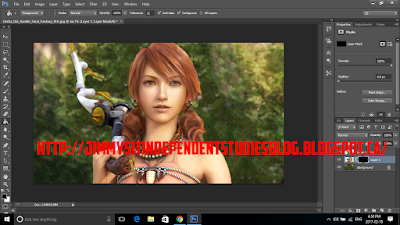What I did:
Today, I learned some photoshop keyboard shortcuts. These shortcuts are obviously there for making it easier to maneuver around the program. First, I learned how to zoom in and out using the keys. I then learned about how to resize my brush using the keys. Next, I learned about how to use the number keys to lower or raise the opacity an image rather than going to the opacity option and "manually" doing it. After that, I learned how to give specific options their own keyboard shortcuts and that was very helpful for the future. Finally, I learned how to quickly go to the export section in photoshop.
What I learned:
1st: I learned how to zoom in with keys on the keyboard rather than the slower method which is going to the zoom tool and "manually" doing it. You have to hold "spacebar" and "Ctrl" and then you drag with your mouse to zoom in or zoom out. Right = zoom in. Left = zoom out.
Today, I learned some photoshop keyboard shortcuts. These shortcuts are obviously there for making it easier to maneuver around the program. First, I learned how to zoom in and out using the keys. I then learned about how to resize my brush using the keys. Next, I learned about how to use the number keys to lower or raise the opacity an image rather than going to the opacity option and "manually" doing it. After that, I learned how to give specific options their own keyboard shortcuts and that was very helpful for the future. Finally, I learned how to quickly go to the export section in photoshop.
What I learned:
1st: I learned how to zoom in with keys on the keyboard rather than the slower method which is going to the zoom tool and "manually" doing it. You have to hold "spacebar" and "Ctrl" and then you drag with your mouse to zoom in or zoom out. Right = zoom in. Left = zoom out.
2nd: I learned how to change the brush size. You can change the brush size with square bracket ([/]) keys but it is very slow. If you want do it on the move or faster, you hold down "CTRL" + "Alt" + RIGHT click to change it on the go. Try "zooming" to change the area of your brush.
3rd: Next, I learned how to change the opacity very quickly. You can use the numbers keys at the top of your keyboard to do it. If you want to start from a low opacity press "1" for 10% opacity. Then you can move up the keys to make it have more opacity.
4th: Then, I learned how to create keyboard shortcuts for specific options. You go to the edit menu and go all the way down to keyboard shortcuts. Then you can select whichever option you want to create a keyboard shortcut. Then you have hold down the keys that you want to create a shortcut with.
5th: Finally, I learned a really simple shortcut which is the shortcut to quickly go to the export menu. You hold down "CTRL" + "Shift" + "Alt" + "S" for the shortcut. This allows you to quickly export an image that you want to save.
What I plan to learn tomorrow:
Tomorrow, I plan to learn how to create brushes in photoshop. I think this will be a neat tool to further help in photoshop. Rather than downloading brushes and using them, I'll be able to create my own brushes and use them. I think I will start off with making a snowflake brush because that is the tutorial that is available online. I will be able to use these new brushes in my own works of art.



















































